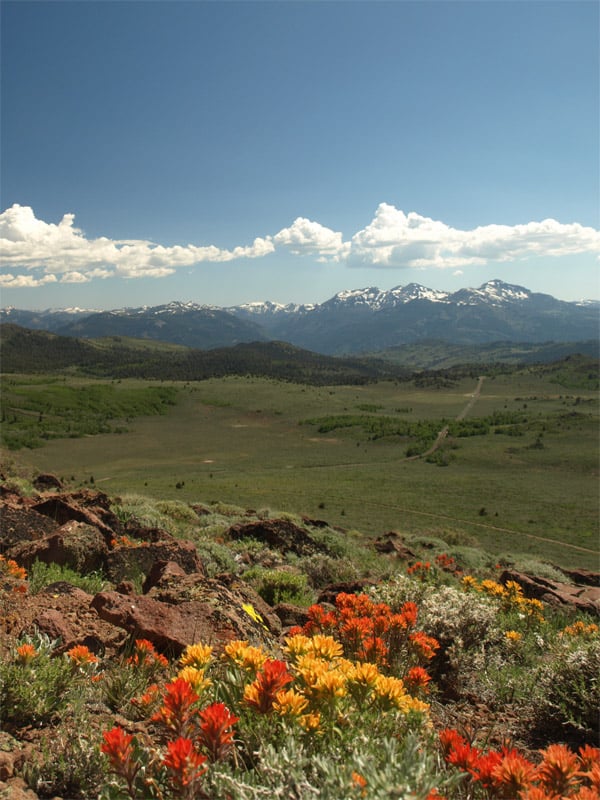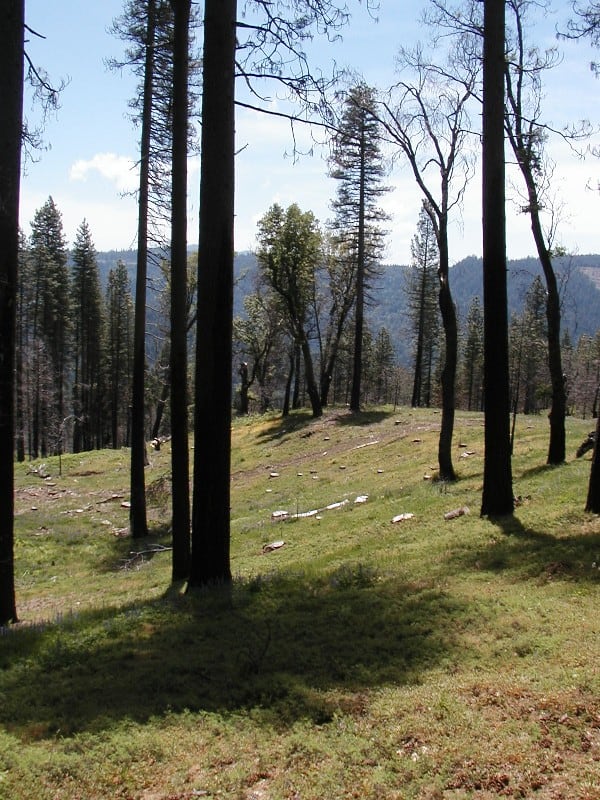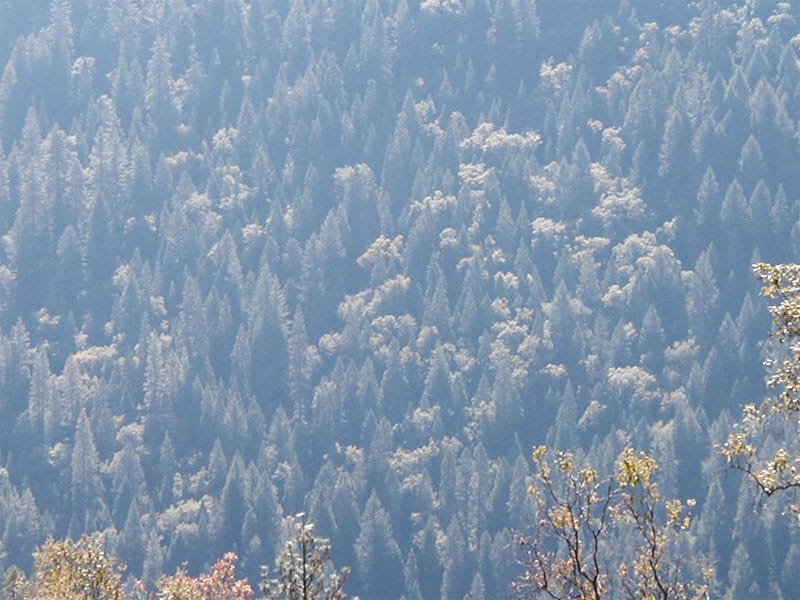Here’s a link and below is an excerpt.
“Not only will these contracts help us alleviate the impacts of the mountain pine beetle infestation and reduce the threats of catastrophic wildfire, but they also will offer a supply of woody biomass that will be used to produce low-cost heat and a clean, renewable source of electricity,” said Harris Sherman, under secretary of the Department of Agriculture.
Scott Fitzwilliams, supervisor of the White River National Forest, said the work will help restore the landscape as well as produce wood products for everything from lumber to wood pellets to power plant fuel.
West Range Reclamation will remove lodgepole and ponderosa pine, Douglas fir, Engleman spruce and aspen and other tree species susceptible to insect and disease infestations.
The contract is the latest for a forest management company that has completed more than 300 contracts and 70,000 acres of range and forest projects on public and private land in five western states.
“The continued stability of the 10-year project will allow West Range to provide well-paying, steady, year-round work for our current employees and the ability to hire more skilled operators,” said Pam Motley of West Range Reclamation.
“We also intend to do our part to help strengthen local economies by purchasing products and services — such as fuel, food, housing, tools, parts, supplies, rentals and repair services — from local businesses,” Motley added.
Part of the wood removed during the treatments will provide fuel for a 11.5-megawatt power plant planned for Gypsum.
Eagle Valley Clean Energy plans to build the woody biomass plant to supply electricity to Holy Cross Energy and, in turn, an estimated 8,000 to 10,000 homes in Western Colorado.
Heat generated at the power plant will support the operation of an adjacent wallboard factory.
The USDA Rural Utilities Service announced in October a $40 million loan guarantee to help finance the plant.
Eagle Valley Clean Energy estimates the plant will create 107 construction jobs and 41 permanent jobs.
Confluence Energy will remove beetle-killed trees. Where commercially practical, the wood will be used for lumber, wood pellets and other products. The company will pay for those materials to offset the cost of the removal project.
And from another article here..
“The stewardship contracts are especially exciting because it will add to Colorado’s balance of clean, renewable energy by supporting biomass energy — electricity and heat for Eagle Valley Clean Energy in Gypsum and wood pellets for clean and efficient heating at Confluence Energy in Kremmling,” Udall said in the release.
and
“Active management of our multiple use national forest acreage in Colorado is vital as we confront the bark beetle epidemic and grow our forest products industries,” said Sen. Michael Bennet, D-Colo., in a news release. “After a summer of devastating wildfires, there’s an even greater urgency to ensure that our forests are healthy and resilient.
Our elected officials and political appointees in the Department seem to agree this is a good thing to have jobs. to reduce the use of fossil fuels, to reduce the costs of fuel treatments, and to use natural resources in a sustainable way..any nay-sayers out there?
For those who follow the coal mine litigation (could coal be the “new timber”? ) wars, Holy Cross Energy is also the one who partnered with Aspen Ski Co to use methane that would otherwise be vented from coal mines (Elk Creek). Here’s a link with more information. Meanwhile, since at least 2007, methane has been vented while some people worked on litigation and some potential legislative fixes. You gotta applaud people who “just do it.” Props to you Holy Cross and Aspen Skico. Here’s a link and below is an excerpt.
Holy Cross’s challenge, as the power purchaser, was to arrange transmission from the mine. “The electricity had to be wheeled over medium-voltage distribution lines to a TriState [Generation and Transmission Association] substation, then across Western and Xcel Energy transmission lines,” said Hildred. “We weren’t sure in what order we needed to talk to people. DMEA [Delta Montrose Energy Association], the owner of the line that supplies power to the mine, had never dealt with anything like this before.”
All of the parties proved cooperative, so Holy Cross was able to sort out the distribution without encountering too many barriers. The utility signed the power purchase agreement and DMEA built a substation with a short extension to the 44-kV line.
Of course, no project happens without funding, and the developer was fortunate in finding an “angel” with an interest in alternative energy. Randy Udall, a sustainable energy advocate and former executive director of the Community Office for Resource Efficiency, happened to be at Vessels’s first meeting with Holy Cross Energy. “Afterward, Randy asked me if we were seeking partners and gave me the number of the sustainability director for Aspen Skiing Company,” Vessels recalled.
The innovative project appealed to the ski resort owner with its long history of supporting environmental causes, and the company put up the bulk of the funding to build the Elk Creek facility. “Aspen Skiing Company and Holy Cross Energy deserve accolades for seeing beyond the end of their noses,” declared Vessels.
I wonder what other issues would benefit from the “just do it” approach as opposed to years of litigation or unsuccessful federal legislation attempts?






